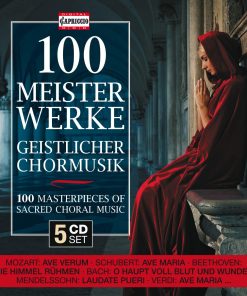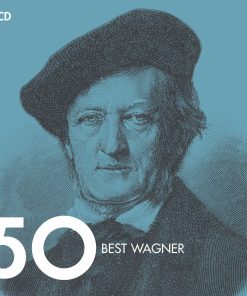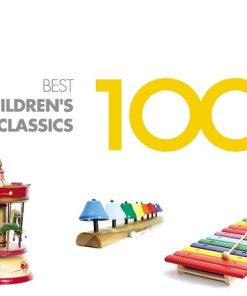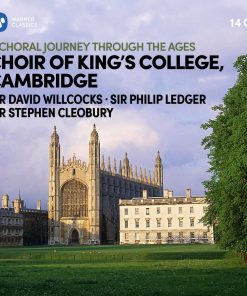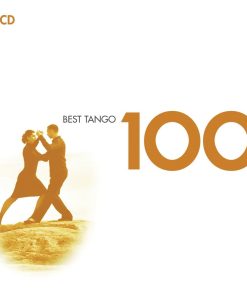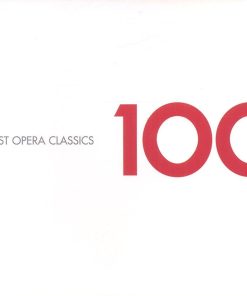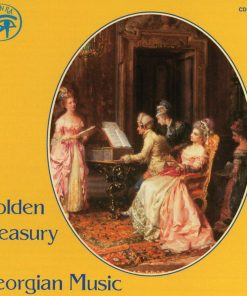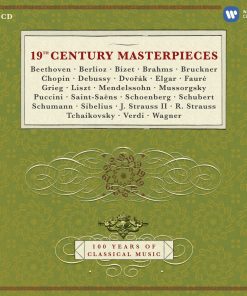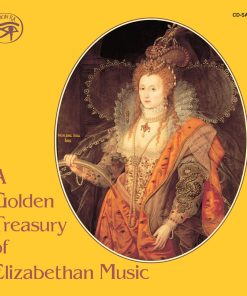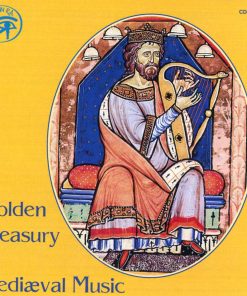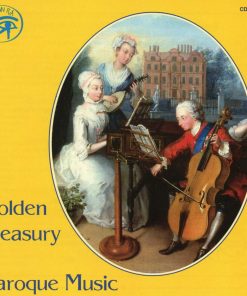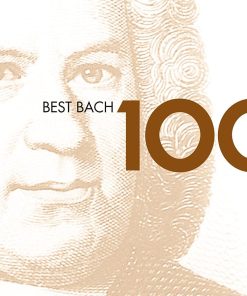SAINT-SAENS: Chamber Music – The Nash Ensemble (2 CDs) Hyperion
$ 39,99 $ 23,99

Septet in E flat major Op 65[16’24]CD1
1
Préambule: Allegro moderato – Più allegro[3’58]2
Menuet: Tempo di minuetto moderato[4’15]3
Intermède: Andante[4’22]4
Gavotte et Final: Allegro non troppo – Animato[3’49]5
Tarentelle in A minor Op 6[6’22]Bassoon Sonata in G major Op 168[11’58]6
Allegretto moderato[2’59]7
Allegro scherzando[3’43]8
Molto adagio – Allegro moderato[5’16]Piano Quartet in B flat major Op 41[29’45]9
Allegretto[7’15]10
Andante maestoso ma con moto[6’34]11
Poco allegro più tosto moderato[6’01]12
Allegro[9’55]Piano Quintet in A minor Op 14[30’26]CD2
13
Allegro moderato e maestoso[10’53]14
Andante sostenuto[6’45]15
Presto[4’58]16
Allegro assai, ma tranquillo[7’50]Oboe Sonata in D major Op 166[11’02]17
Andantino[3’26]18
Allegretto[5’10]19
Molto allegro[2’26]Clarinet Sonata in E flat major Op 167[15’52]20
Allegretto[4’21]21
Allegro animato[2’10]22
Lento[4’22]23
Molto allegro – Allegretto[4’59]24
Caprice sur des airs danois et russes Op 79[10’51]

This exciting new double album from The Nash Ensemble presents an enchanting programme of chamber music by Camille Saint-Saëns, that quintessential figure of nineteenth-century French music-making.
At the heart of the set come the Piano Quartet and Piano Quintet, composed in 1875 and 1855, respectively. The quintet exudes a youthful confidence and swagger, the piano part leading the way, while the quartet quickly established itself as a staple of the repertory. Saint-Saëns was a passionnate promoter of his own music – being all too aware that the name of a contemporary composer on a concert bill represented the kiss of death – and brought about many performances of his own works (and those of his contemporaries, establishing the Société Nationale de Musique in 1871 for this purpose). One result of this passion for which we must be especially grateful was that Saint-Saëns frequently wrote for the ‘forces available’, and this set opens with a rare septet for trumpet, string quintet and piano (the result of a playful commission from a chamber music society known as ‘La Trompette’), a jaunty work embracing seventeenth-century dance forms within a neoclassical style (perhaps fortunately, the composer appears never to have fulfilled his original promise to the society to compose a piece for guitar and thirteen trombones).
In the last year of his life Saint-Saëns set out to compose sonatas for each of the main woodwind instruments and piano. Those for cor anglais and flute were never written, but the sonatas for oboe, bassoon and clarinet here join with a tarantella (for flute, clarinet and piano) and a caprice (delightfully combining Danish and Russian themes and the sonorities of flute, oboe, clarinet and piano) to conclude the programme.
Fast Shipping and Professional Packing
Due to our longstanding partnership with UPS FedEx DHL and other leading international carriers, we are able to provide a range of shipping options. Our warehouse staff are highly trained to pack your goods exactly according to the specifications that we supply. Your goods will undergo a thorough examination and will be safely packaged prior to being sent out. Everyday we deliver hundreds of packages to our customers from all over the world. This is an indication of our dedication to being the largest online retailer worldwide. Warehouses and distribution centers can be located in Europe as well as the USA.
Orders with more than 1 item are assigned processing periods for each item.
Before shipment, all ordered products will be thoroughly inspected. Today, most orders will be shipped within 48 hours. The estimated delivery time is between 3-7 days.
Returns
The stock is constantly changing. It's not entirely managed by us since we are involved with multiple parties such as the factory and our storage. The actual stock can fluctuate at any time. Please understand it may happen that your order will be out of stock when the order is placed.
Our policy is valid for 30 days. If you haven't received your product within 30 days, we're not able to issue either a return or exchange.
You are able to return a product if it is unused and in the same condition when you received it. It must also still remain in the original packaging.
Related products
MUSIC CDS
MUSIC CDS
MUSIC CDS
MUSIC CDS
MUSIC CDS
MUSIC CDS










